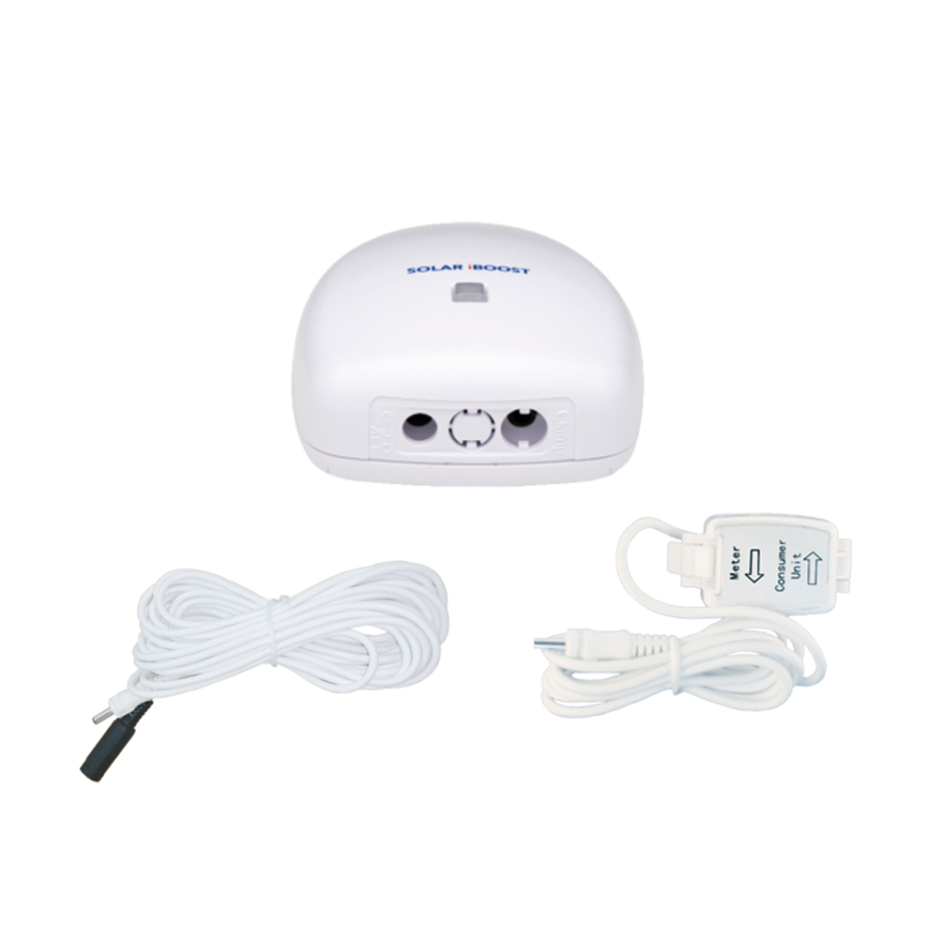Ok doesn't sound right then. Any errors showing on the web portal?
I don't know how to get on that
Ok doesn't sound right then. Any errors showing on the web portal?
givenergy.cloud and login.I don't know how to get on that
givenergy.cloud and login.
Check the Power Graph chart as well, short spikes of usage/export are normal, but if it's doing it for a longer period of time it could be a setting that's causing it.
Have you disabled all of the discharge/export windows and things? set Eco mode on?
| Electricity Meter Com Fail | 2023-11-04 21:08:26 | 2023-11-04 21:13:28 |
| Electricity Meter Com Fail | 2023-10-12 20:52:38 | 2023-10-12 20:57:40 |
| BMS Over Voltage | 2023-07-16 11:58:47 | 2023-07-16 12:03:49 |
| BMS Over Voltage | 2023-04-05 13:27:18 | 2023-04-05 13:32:20 |
| BMS Over Voltage | 2023-02-16 04:08:48 | 2023-02-16 04:13:50 |
| Grid Voltage Fault | 2023-11-15 00:35:56 | 2023-11-15 08:48:57 |
| Grid Voltage Fault | 2023-11-13 22:38:23 | 2023-11-14 09:07:10 |
| Grid Voltage Fault | 2023-11-13 22:06:04 | 2023-11-13 22:13:09 |
| Grid Voltage Fault | 2023-11-13 21:48:00 | 2023-11-13 21:53:02 |
| Grid Voltage Fault | 2023-11-13 21:37:57 | 2023-11-13 21:42:58 |
Thats just the first 5 entries of 57 in 4 weeks.
Grid Voltage issues could be caused by your DNO as I understand it. Think you can contact them and ask them to look at it, there are thresholds where the voltage is acceptable, outside of that can cause issues.
My last 5, so not that common, the odd over voltage here is probably nothing for me to worry about.
If yours is coming in frequently, worth checking into.
Electricity Meter Com Fail 2023-11-04 21:08:26 2023-11-04 21:13:28 Electricity Meter Com Fail 2023-10-12 20:52:38 2023-10-12 20:57:40 BMS Over Voltage 2023-07-16 11:58:47 2023-07-16 12:03:49 BMS Over Voltage 2023-04-05 13:27:18 2023-04-05 13:32:20 BMS Over Voltage 2023-02-16 04:08:48 2023-02-16 04:13:50
Is there no voltage values? The information is useless unless you know the voltage at the time of the warning.
Grid Voltage Fault 2023-11-15 00:35:56 2023-11-15 08:48:57 Grid Voltage Fault 2023-11-13 22:38:23 2023-11-14 09:07:10 Grid Voltage Fault 2023-11-13 22:06:04 2023-11-13 22:13:09 Grid Voltage Fault 2023-11-13 21:48:00 2023-11-13 21:53:02 Grid Voltage Fault 2023-11-13 21:37:57 2023-11-13 21:42:58
You'd be fine, if I am fine with a g1 hybrid and 8.2 kWh battery with higher average usage than you (17.7 kWh per day vs your 12.9).
Fully charged battery should last you between charges no problem almost all the time.
One thing to bear in mind that is that the hybrid is limited I think to 3.6kW charge/discharge rates, where the AIO was closer to 6, and the larger capacity does in theory let you gain some profit from importing additional power and then exporting it later when you don't need it all.
Wven for you, being on Intelligent, it's import at 7.5 and then export at 15, so can profit a little from exporting extra. AIO I think is also meant to be able to run your house off-grid.
Fwiw it seems a lot of people have had some issues with the AIO, buggy release.

Thanks for the insight
I was very keen on the AIO because it's AC-coupled and the higher discharge rate, but I've been monitoring the IHD and it's so rare to hit 3.6kW unless you decide to boil the kettle and cook something at the same time. Even then, the amount of power that's consumed will cost peanuts for that very brief period of time.
Given that your usage is higher than mine, you don't find that your battery runs out of juice in winter?


